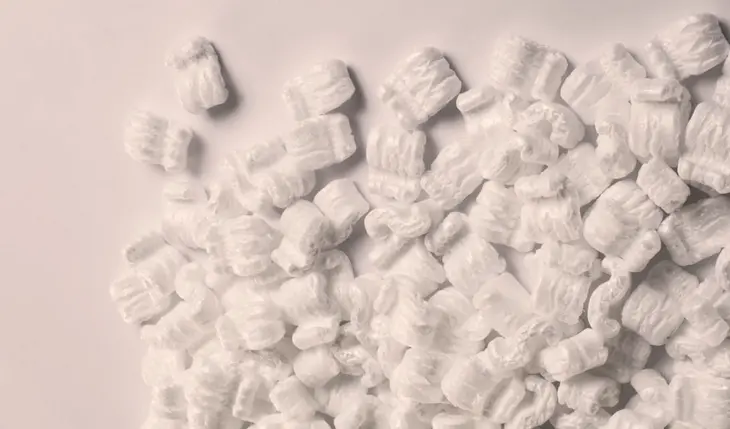
The Evolution of Insulation Materials in Green Building
- Admin
As the green building movement continues to gain momentum, there is growing emphasis on energy efficiency and sustainability in construction practices. In this article, we explore the evolution of insulation materials, from traditional options to innovative eco-friendly solutions, and their role in enhancing the performance of green buildings.
Introduction:
Insulation plays a critical role in improving energy efficiency, thermal comfort, and indoor air quality in buildings. With the increasing focus on sustainability, there has been a shift towards using insulation materials that minimize environmental impact and promote energy conservation. In this article, we trace the evolution of insulation materials in green building practices and highlight the latest advancements in eco-friendly insulation solutions.
1. Traditional Insulation Materials:
Historically, insulation materials such as fiberglass, mineral wool, and polystyrene foam have been widely used in construction for their thermal resistance properties. While effective in providing insulation, these materials often have negative environmental impacts, including high embodied energy, off-gassing of harmful chemicals, and poor recyclability. Despite their drawbacks, traditional insulation materials remain prevalent in many building projects.
2. Natural and Renewable Insulation Options:
In recent years, there has been growing interest in natural and renewable insulation materials derived from renewable resources such as cellulose, wool, cork, and hemp. These materials offer several advantages, including low embodied energy, biodegradability, and minimal environmental impact. Cellulose insulation, made from recycled paper fibers, is gaining popularity for its excellent thermal performance and sustainability credentials.
3. High-Performance Eco-Friendly Insulation:
Advancements in technology have led to the development of high-performance eco-friendly insulation materials that rival the thermal properties of traditional options. Aerogels, made from silica or carbon, offer exceptional thermal insulation in a lightweight and compact form. Vacuum insulation panels (VIPs) and phase change materials (PCMs) provide innovative solutions for improving building envelope performance and energy efficiency.
4. Recycled and Upcycled Insulation Products:
The concept of recycling and upcycling has extended to insulation materials, with manufacturers repurposing waste materials to create insulation products. Recycled denim, glass wool, and plastic bottles are being transformed into insulation batts and boards, reducing waste and conserving resources. Upcycled materials such as straw bales and reclaimed wood fibers offer sustainable alternatives for insulation in green building projects.
5. Future Trends and Considerations:
Looking ahead, the future of insulation in green building is likely to focus on enhancing performance while minimizing environmental impact. Bio-based insulation materials, derived from agricultural byproducts and renewable sources, are expected to gain traction for their sustainability and carbon neutrality. Additionally, innovations in building envelope design and integrated insulation systems will play a crucial role in achieving net-zero energy goals and reducing the carbon footprint of buildings.
Conclusion:
In conclusion, the evolution of insulation materials in green building reflects a growing commitment to sustainability and energy efficiency in construction practices. From traditional options to innovative eco-friendly solutions, insulation plays a vital role in creating healthy, comfortable, and energy-efficient buildings. As the green building movement continues to evolve, the adoption of sustainable insulation materials will be essential for creating a more resilient and sustainable built environment for future generations.
